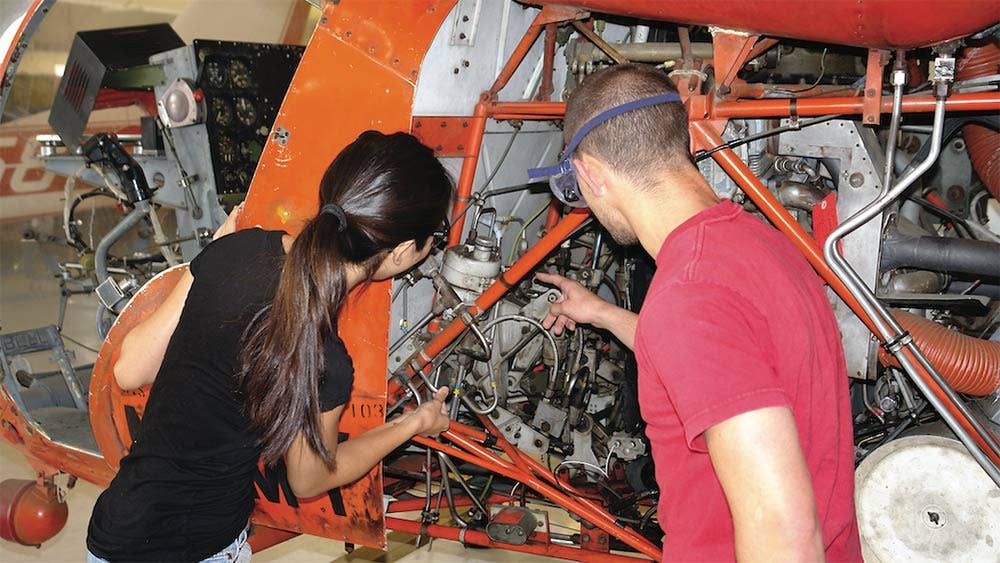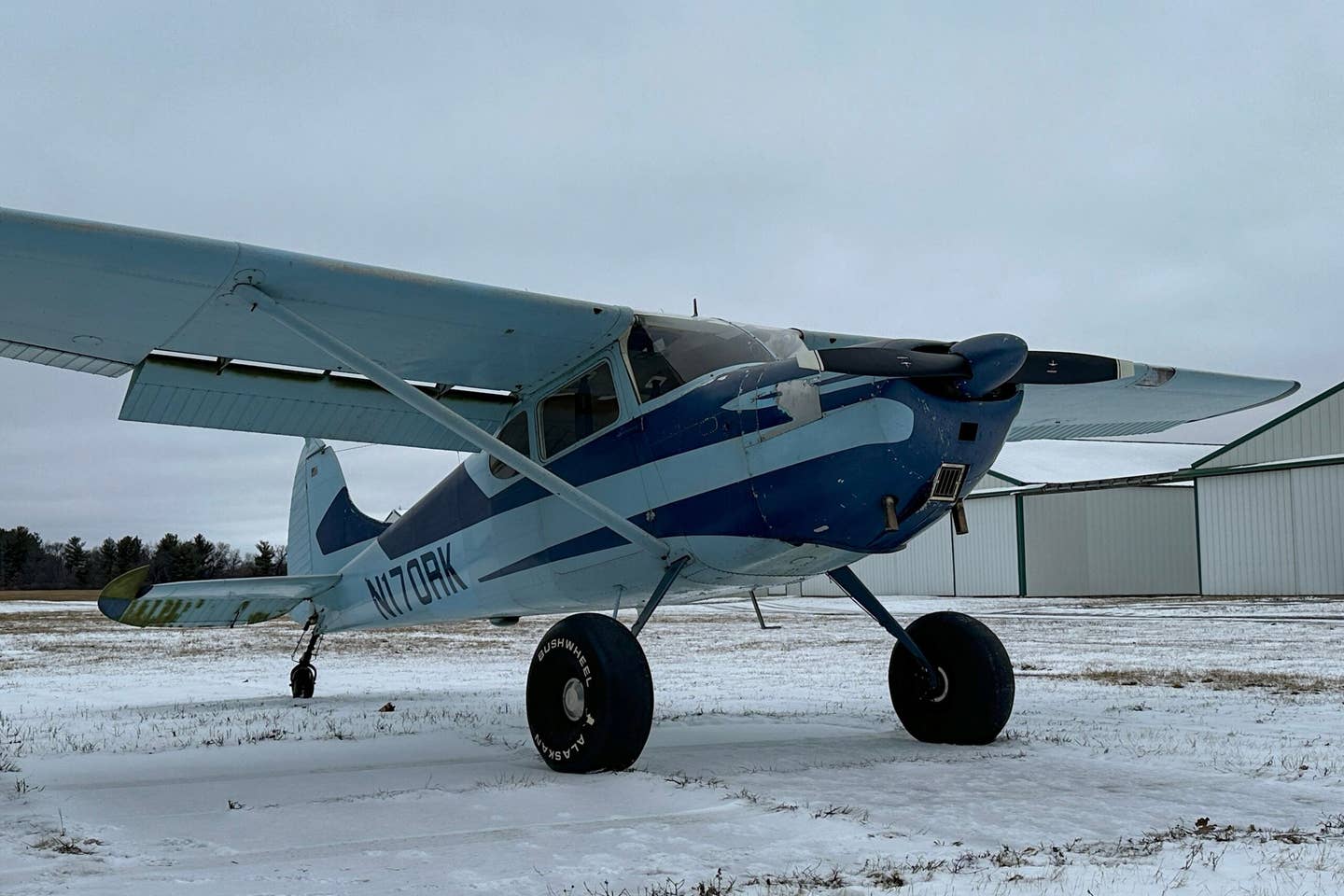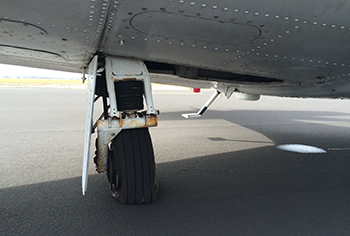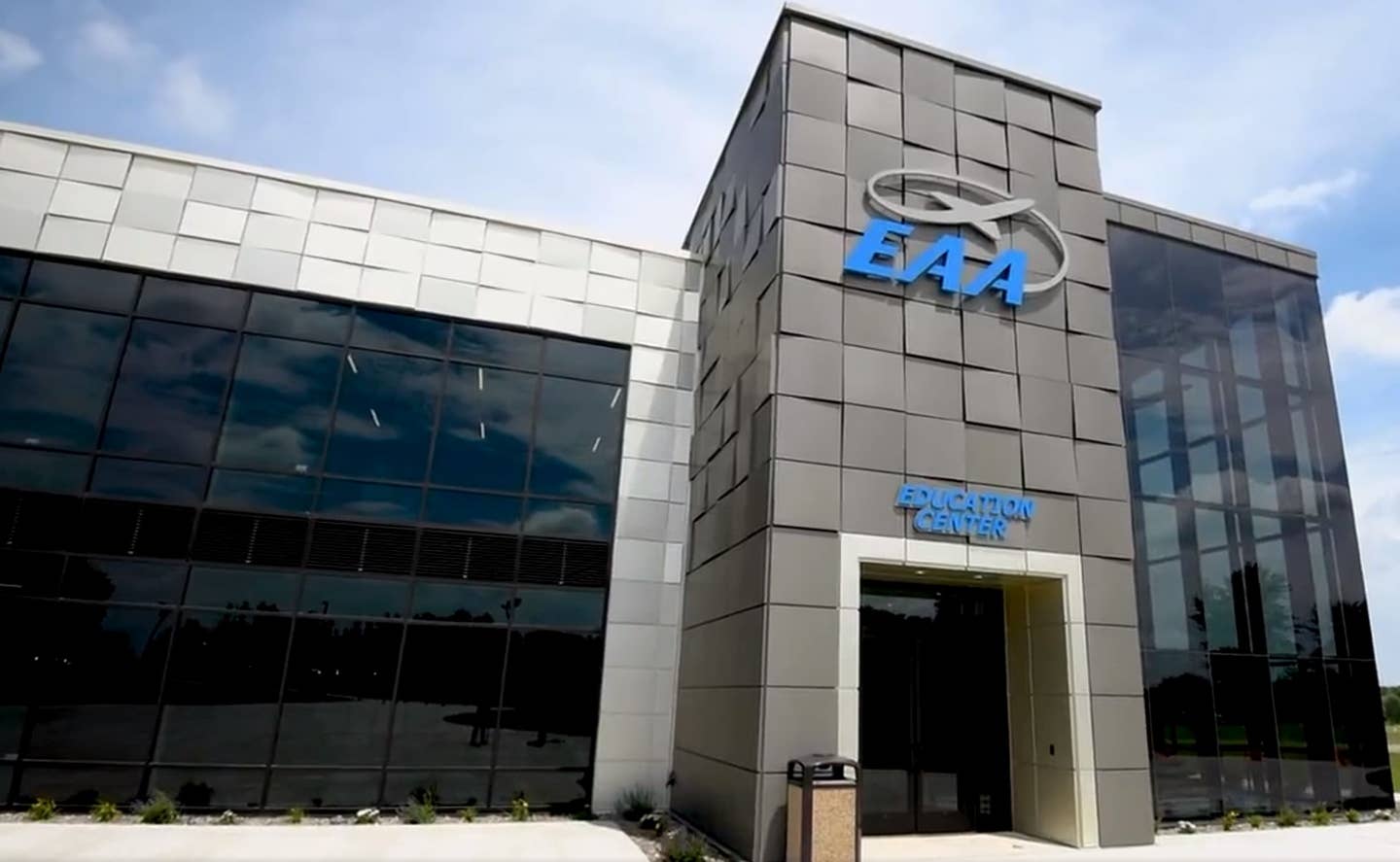Crankshaft Counterweights and the Potential for Catastrophic Failure
The discovery of a potential crankshaft flaw in some Continental engines highlights why they must function properly.

A new Continental crankshaft. [Courtesy: Richard Scarbrough]
On Thursday, February 23, 2023, the FAA issued an airworthiness directive (AD) 2023-04-08 superseding a recent mandatory service bulletin from Continental Aerospace Technologies, MSB23-01A.
This AD affects an estimated 2,176 crankshaft assemblies.
Affected Continental Aircraft Engines
The AD states that this unsafe condition will likely exist on affected engines. That means you need to check it out if you have one. This is not a time to second-guess the feds. ADs are mandatory. This notice applies to Continental 360, 470, 520, 520, and 550 series engines manufactured between June 1, 2021, and February 7, 2023.
It is important to note that the mandatory service bulletin identifies crankshaft assemblies with fewer than 200 operating hours, while the “AD requires compliance for all affected engines, regardless of operating hours.” The AD supersedes the service bulletin.
The bulletin includes specifics, such as part and serial numbers. For the complete list of suspect engines, refer to Appendix 1 on page 9 of MSB23-01. Appendix 2 on page 39 contains a table listing the crankshaft part and serial numbers. The table lists the engine serial number and the crankshaft serial number.
Engine manufacturer Continental Aerospace set up a website to act as a command center, with information about how to make arrangements for maintenance.
Crankshaft Counterweight Function
It is imperative to keep aircraft crankshaft counterweights functioning correctly. Understanding how counterweights work is the first step in properly maintaining them. Aircraft engine installations that incorporate counterweights are typically more complex, more powerful, and require advanced skills to fly and maintain than those on entry-level aircraft.
The FAA Advisory Circular AC No. 20-103 "Aircraft Engine Crankshaft Failure" describes the function of aircraft engine counterweights in detail. According to this AC, aircraft engineers design counterweights to position themselves by the inertia forces generated during crankshaft rotation, and effectively absorb and dampen crankshaft vibration.
Left in an unsafe condition, there’s the potential for catastrophic failure.
AD 2023-04-08 explicitly states that failure to address this action could result in loss of engine oil pressure, catastrophic engine damage, engine seizure, and consequent loss of aircraft. That sounds serious.
A key driver of this action is reports of two engine seizures on the ground and one in-flight loss of engine oil pressure. It goes without saying that one incident at altitude is one too many. There is no airborne AAA to come to your rescue.
What exactly caused this?
Incorrect Installation of Counterweight Clips
The crankshaft counterweight setup includes the counterweight assemblies, pins, plates, and clips. The counterweights have a bushing installed that precisely fits with the pins, which are short squat steel dowels. Plates cover the pin, and clips hold the entire thing in place.
According to Continental MSB23-01A, “It is possible one or more counterweight retaining rings were not properly seated in the crankshaft counterweight groove.” The clips are in the wrong place.
At first glance, the counterweight clips appear to be nothing more than a souped-up snap ring you can get at ACE Hardware. They are not. Continental manufactures counterweight clips to precision measurements, and they are not to be interchanged with something that looks pretty close.
MSB’s statement stands out: “If a counterweight retaining ring, plate, or pin is missing, terminate the inspection and remove the engine for disassembly.”
Next Steps for Compliance
At this point, those affected by the AD should contact their aircraft maintenance provider and discuss workload, cost, and turnaround time for compliance.
The AD explicitly states, “before further flight.” Citing such low time on the crankshafts suffering failures and the gravity of what could happen should the counterweight depart, the FAA shortened the time-to-market for this AD and reduced the period for public comment.
I caught up with JD Kuti, owner of Pinnacle Aircraft Engines in Silverhill, Alabama. He offered only one word when I asked about the call volume concerning the Continental crankshaft AD: ‘crazy.’ Because of the volume of aircraft affected, working through them all will take time.

Sign-up for newsletters & special offers!
Get the latest FLYING stories & special offers delivered directly to your inbox






